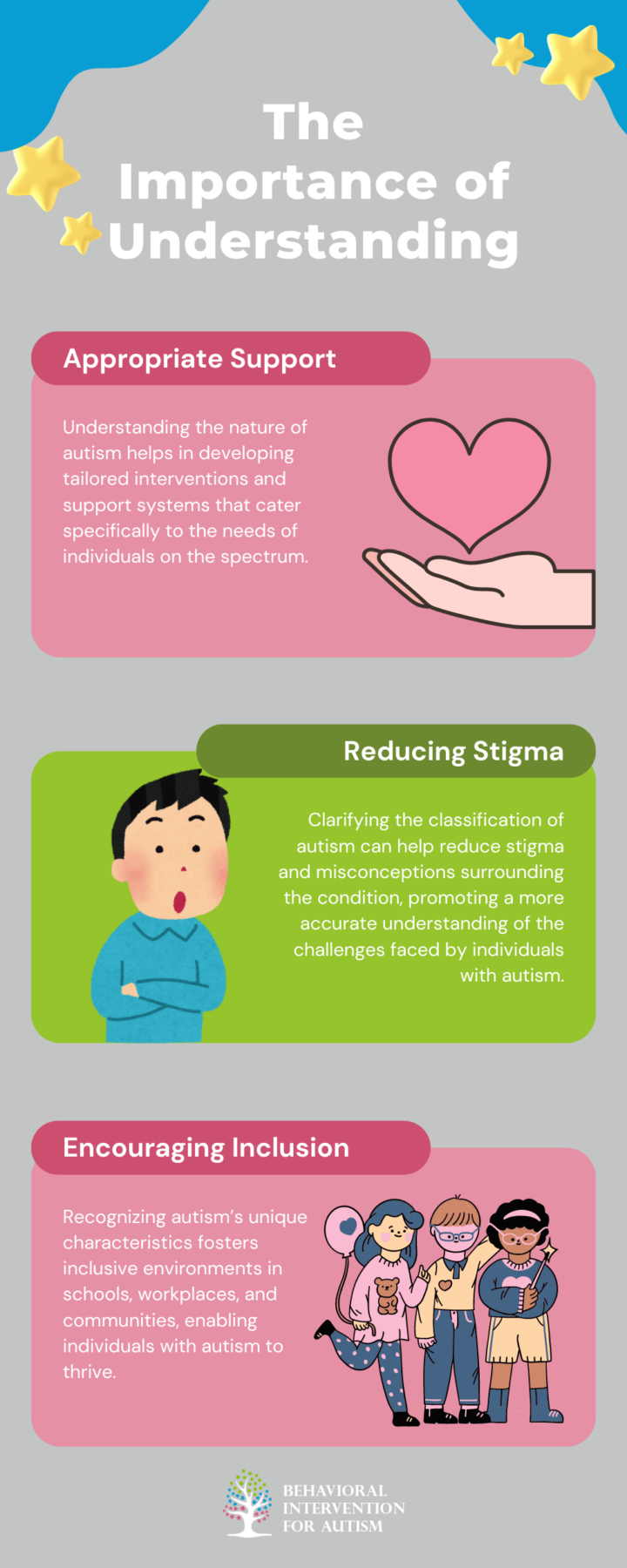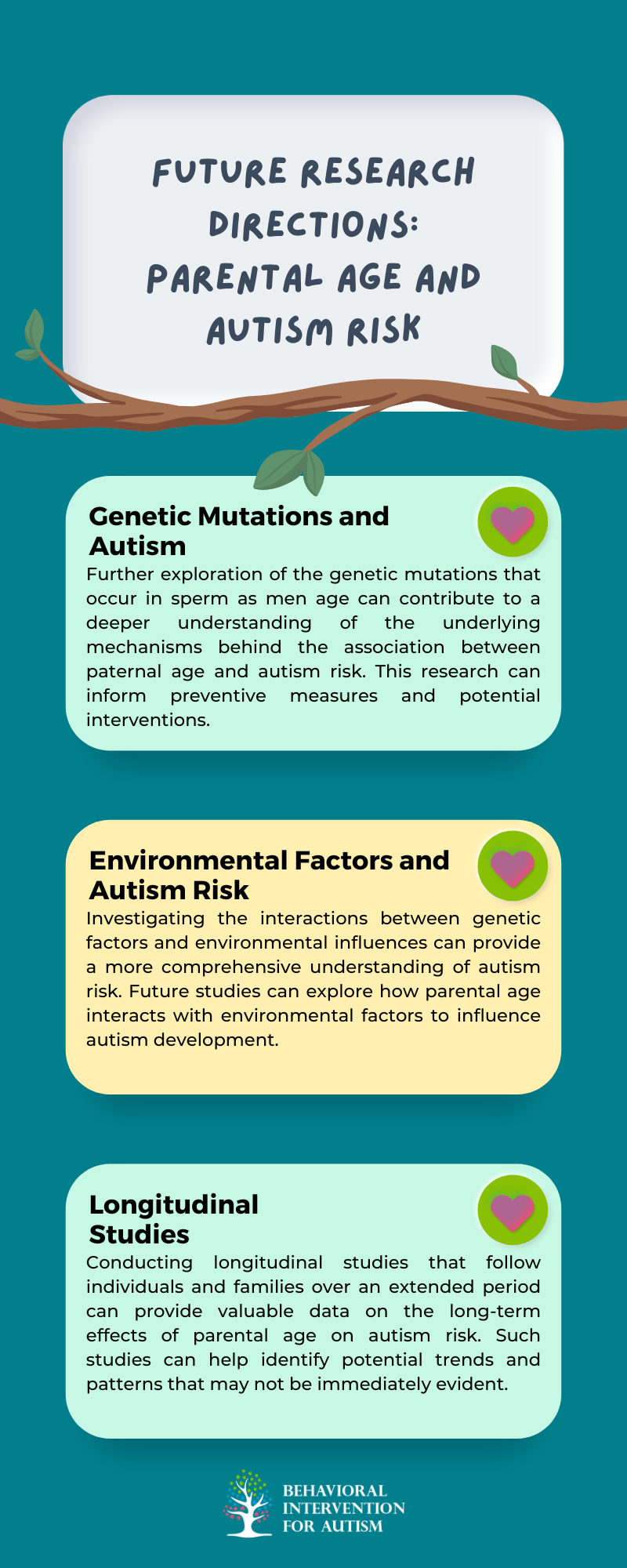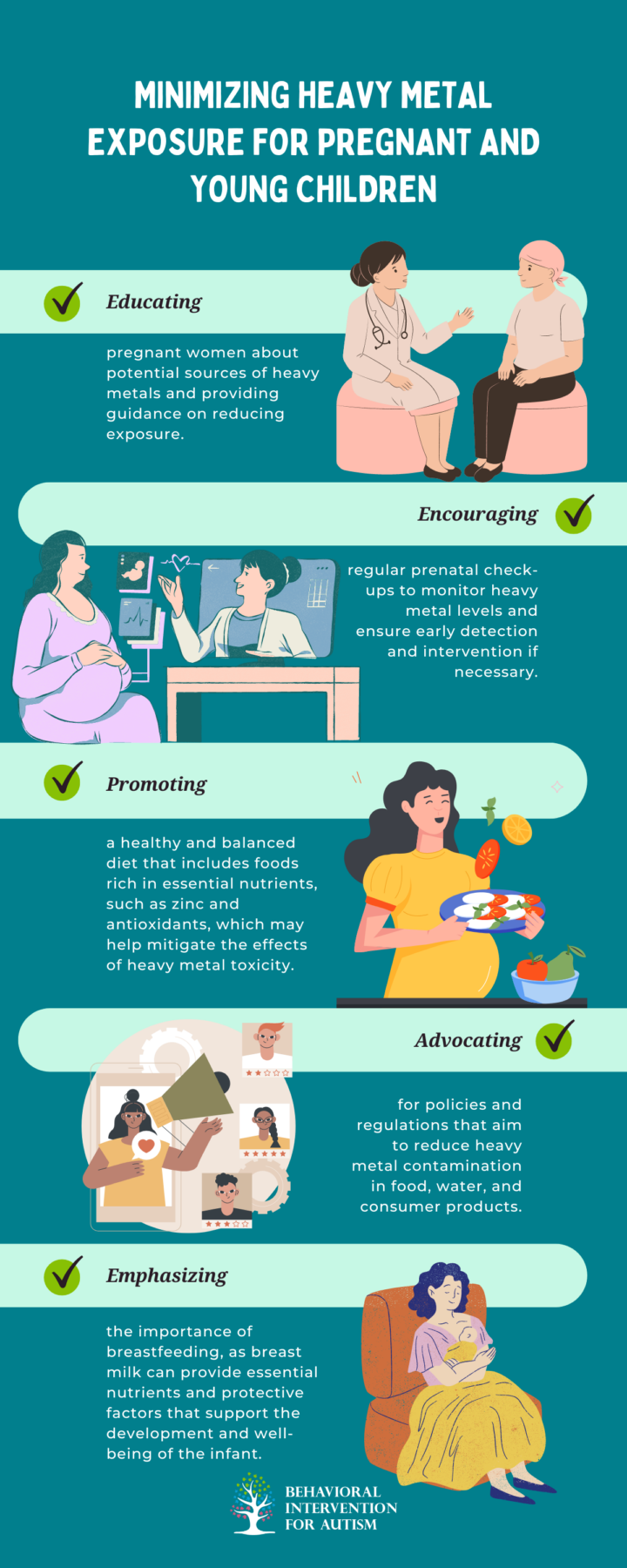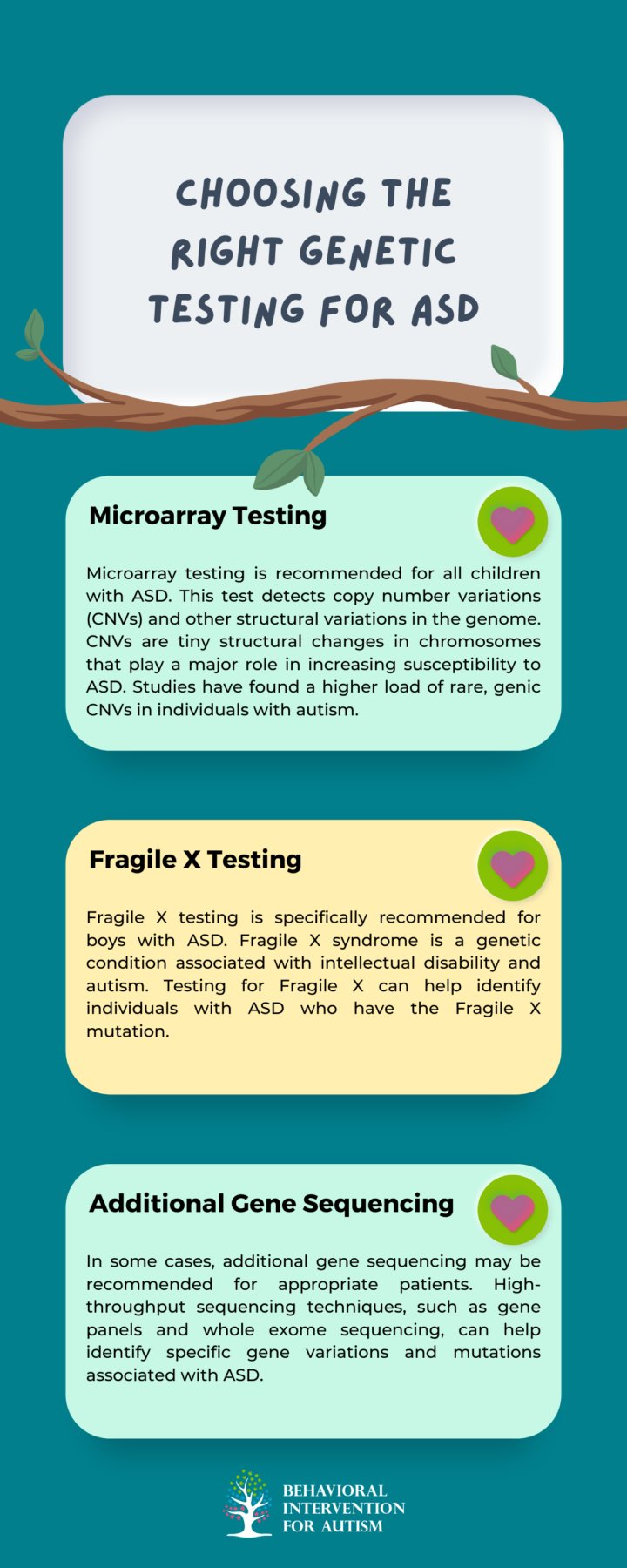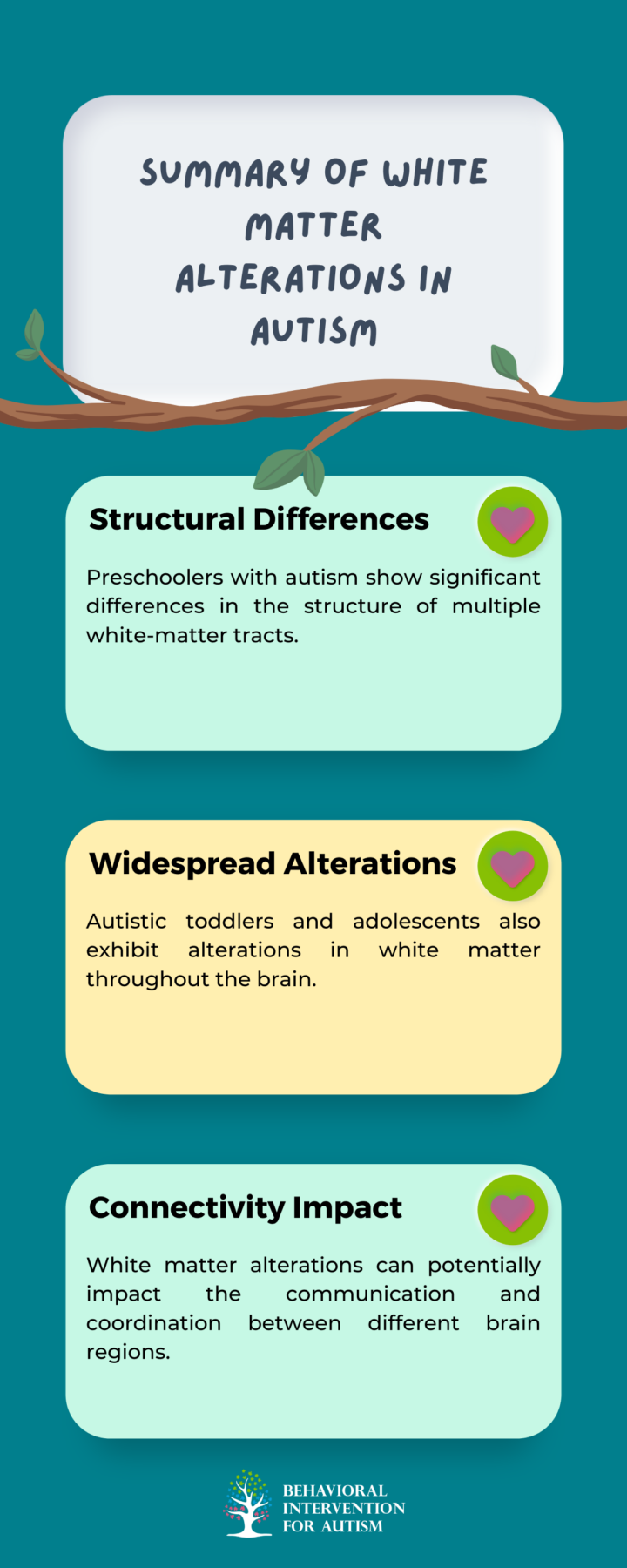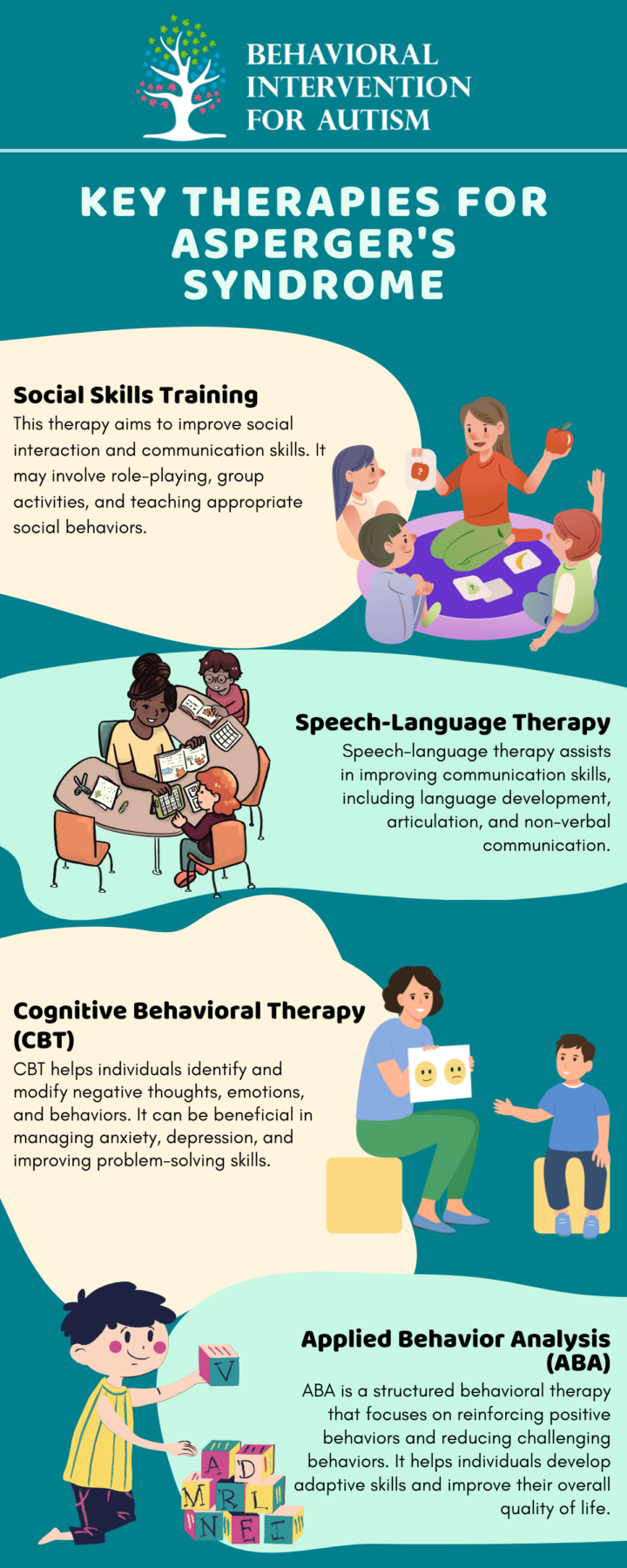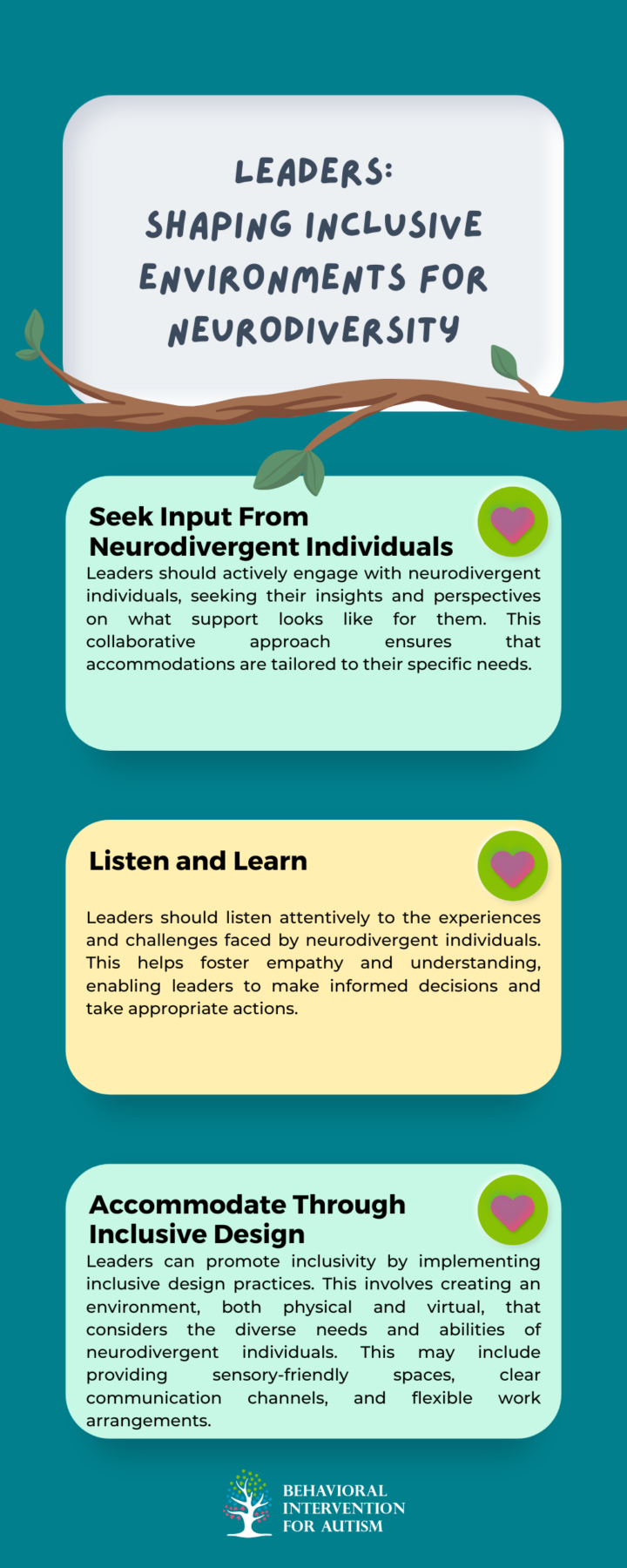Navigating communication challenges for individuals with autism involves addressing various aspects that can impact their interactions. These challenges include abstract language interpretation, body language deciphering, and sensory overload processing, which play crucial roles in their communication difficulties.
Abstract Language Interpretation
Autistic adults may face hurdles when it comes to understanding abstract language concepts. Abstract language involves expressions or phrases that are not meant to be taken literally, presenting difficulties for individuals with autism who tend to favor concrete and literal interpretations. This can lead to misunderstandings in conversations and difficulties grasping metaphors, idioms, or sarcasm.
Body Language Deciphering
Deciphering body language nuances poses a significant challenge for individuals on the autism spectrum. Autistic individuals may struggle to interpret nonverbal cues such as facial expressions, gestures, tone of voice, and eye contact. This inability to decode subtle social cues can result in misunderstandings and difficulties in social interactions, as they may miss the underlying emotions or intentions conveyed through body language.
Sensory Overload Processing
Autistic adults often face sensory overload, where they experience heightened sensitivity to sensory stimuli in their environment. This overwhelming sensory input can significantly impact their communication abilities, making it challenging to focus, process information, and engage in conversations effectively. Sensory overload can lead to feelings of distress, anxiety, or meltdowns, further hindering their capacity to communicate and connect with others.
Understanding and addressing these communication challenges is essential in providing support and creating inclusive environments for individuals with autism. By recognizing their unique communication styles and needs, caregivers and support networks can help bridge the communication gaps and facilitate meaningful interactions that respect and accommodate the strengths and challenges associated with autism.
Social Communication Difficulties
In the realm of autism, social communication difficulties present unique challenges for individuals, impacting various aspects of interpersonal interactions. Key challenges for individuals with autism in social communication include interpreting nonverbal cues, understanding sarcasm and humor, and initiating and maintaining conversations.
Nonverbal Cue Interpretation
One of the primary social communication difficulties faced by individuals with autism is interpreting nonverbal cues. Autistic individuals may struggle to decipher facial expressions, body language, tone of voice, and eye contact, making it challenging to grasp the emotional context of a conversation. This can lead to misunderstandings and difficulties in responding appropriately during social interactions.
Sarcasm and Humor Comprehension
Understanding sarcasm, humor, and figurative language poses a significant challenge for individuals with autism. Oftentimes, individuals with autism may interpret jokes, metaphors, or sarcasm literally, missing the intended humor or underlying meaning behind the words. This literal interpretation can result in confusion, communication breakdowns, and exclusion from the dynamics of a conversation.
Conversation Initiation and Maintenance
Individuals with autism may encounter obstacles in initiating and maintaining conversations. Difficulties may arise in initiating interactions, selecting appropriate topics, taking turns in dialogue, and adhering to social cues during the exchange. These challenges can impede the flow of communication, making it challenging for individuals with autism to engage effectively in social settings.
Nurturing an understanding of these social communication difficulties is integral to supporting individuals with autism in overcoming barriers to effective interaction. By fostering awareness, patience, and tailored communication strategies, caregivers and individuals within the community can work towards enhancing communication experiences and facilitating meaningful connections for individuals with autism.
Bridging Communication Gaps
In the realm of autism and communication, bridging the gaps that exist between autistic individuals and neurotypical individuals is paramount for fostering understanding and empathy. Within this context, several key elements play critical roles in overcoming barriers and enhancing communication efficacy.

Double Empathy Problem
The double empathy problem encapsulates the challenge that arises when autistic individuals and neurotypical individuals struggle to comprehend, empathize with, and effectively communicate with each other. This notion emphasizes the mutual responsibility shared by both groups in addressing and resolving communication barriers. By acknowledging and recognizing each other’s unique perspectives and communication styles, strides can be made in facilitating meaningful interactions and connections.
Unique Communication Styles
Research indicates that autistic individuals possess equally expressive communication styles compared to neurotypical individuals, albeit in a distinct manner. It is essential to understand that differences in communication do not equate to deficiencies; rather, autistic individuals communicate differently, leveraging direct and honest expressions. This divergence underscores the significance of recognizing and appreciating diverse communication approaches to promote inclusivity and understanding.
Direct vs. Indirect Communication
Autistic individuals often exhibit a preference for literal interpretations of language, which can impact their interactions with others. Challenges related to sensory overload, articulating thoughts clearly, and the presence of repetitive language patterns may influence communication dynamics. Furthermore, autistic individuals tend to engage in more direct and factual communication, while struggling with indirect forms, such as small talk or speculation. Emphasizing clarity, honesty, and respect for individual communication styles can facilitate smoother and more meaningful exchanges within diverse social contexts.

Communication Strategies
Navigating communication challenges in adults with autism requires effective strategies to foster understanding and connection. By recognizing their unique communication styles, caregivers and parents can facilitate meaningful interactions. Here are some essential communication strategies tailored for individuals with autism.
Honest Communication Style
Autistic individuals often communicate more directly and honestly, preferring factual and straightforward communication over subtlety or indirect hints. They may struggle with implicit or indirect communication, which includes small talk, gossip, and speculative conversations. By embracing an honest communication style characterized by clarity and transparency, caregivers and parents can establish a strong foundation for effective communication with individuals on the autism spectrum.
Nonverbal Signal Awareness
One common challenge in communication between autistic individuals and neurotypical individuals is the reliance on nonverbal cues in social interactions. Allistic individuals often convey information and emotions through body language, facial expressions, and tone of voice, which autistic individuals may find difficult to interpret accurately. Building awareness of nonverbal signals and explicitly discussing their meanings can bridge these communication gaps and enhance mutual understanding.
Reducing Sensory Input
Individuals with autism may experience sensory sensitivities that can lead to sensory overload, especially in stimulating environments. To facilitate effective communication, it is important to create a sensory-friendly setting by reducing unnecessary sensory input. This can involve minimizing background noise, controlling lighting levels, and limiting visual distractions to ensure that individuals with autism can focus on the conversation without becoming overwhelmed by sensory stimuli.
Incorporating these communication strategies allows caregivers and parents to support individuals with autism in navigating social interactions and building meaningful connections. Understanding and accommodating the unique communication preferences and challenges of those on the autism spectrum is essential for fostering positive relationships and promoting effective exchanges.

Language Use in Autism
Communication challenges in individuals with autism can manifest in various ways, impacting how they use language. Understanding these nuances is crucial for parents and caregivers supporting individuals with autism. We will explore specific language aspects related to autism, such as prosody and facial expressions, pitch and frequency variability, and challenges in pragmatic language.
Prosody and Facial Expressions
Researchers are utilizing advanced techniques, such as acoustic analyses and motion-capture technology, to assess minute changes in pitch, duration of utterances, and detailed facial movements in individuals with autism. These assessments help quantify aspects of language use that may be affected, even when other communication abilities appear intact. Prosody, which includes intonation, stress, and rhythm, is often disrupted in individuals with autism, impacting the emotional delivery of speech.
Pitch and Frequency Variability
Individuals with autism demonstrate more variability in pitch and frequency during communication. They may speak louder and take longer to convey information. This variability can result in more pronounced highs and lows in speech, contributing to conveying emotional content despite sounding less natural compared to neurotypical individuals. Understanding and interpreting these variations in pitch and frequency can aid in comprehending the emotional nuances of individuals with autism.
Pragmatic Language Challenges
Pragmatic language challenges are prevalent in individuals with autism, characterized by difficulties in utilizing language effectively in social contexts. These challenges often manifest as increased language errors during conversations, including inappropriate word usage and difficulties with pronouns. Errors in pragmatic language use can lead to breakdowns in communication and hinder social interactions. It is essential for caregivers and support systems to be aware of these challenges and implement strategies to foster effective communication and understanding in individuals with autism.
We offer specialized ABA programs in Florida at Behavioral Intervention for Autism, focusing on enhancing communication skills through tailored interventions. Our dedicated team is passionate about providing high-quality services that empower individuals to express themselves confidently. If you’re interested in learning more about how we can support you or a loved one, reach out to us today!




